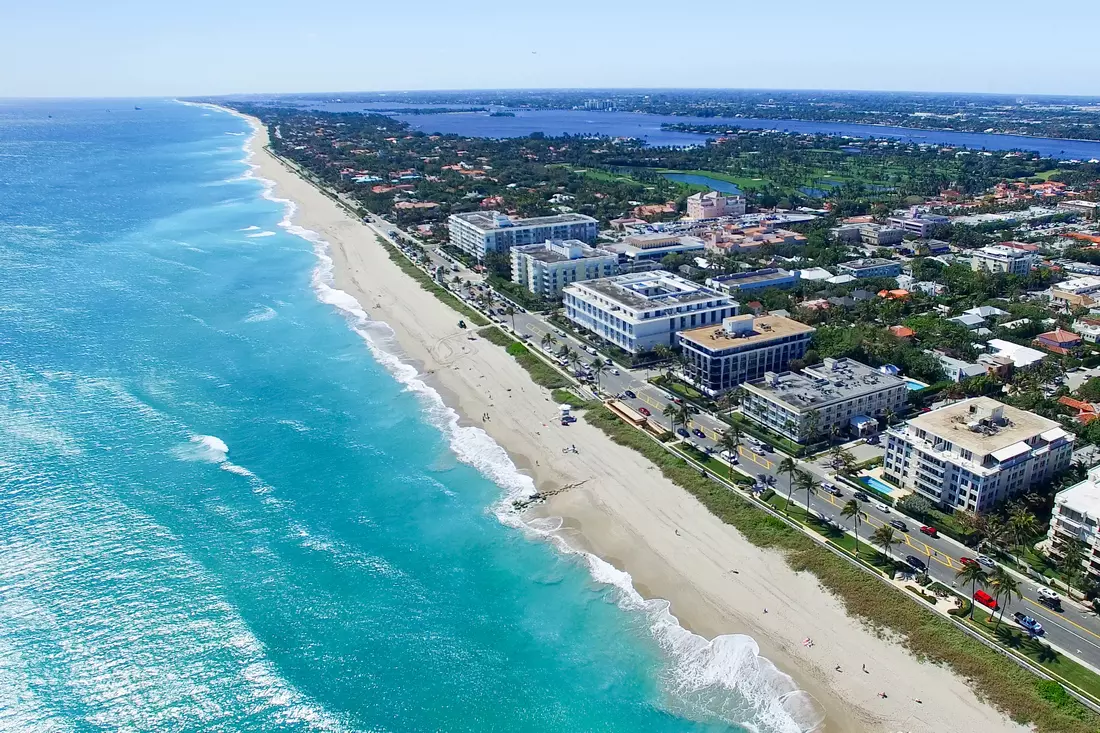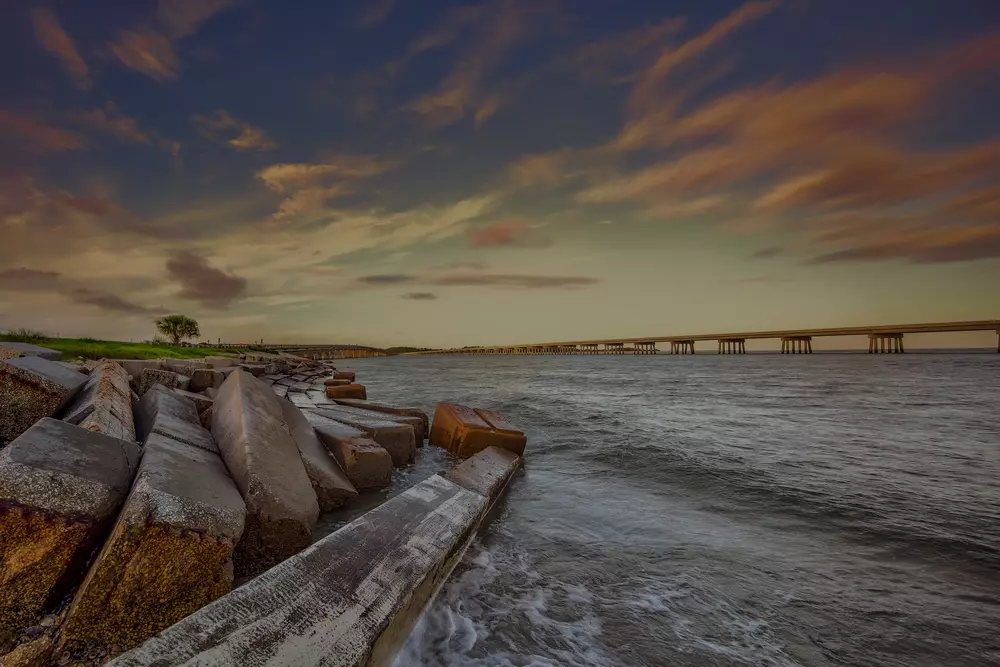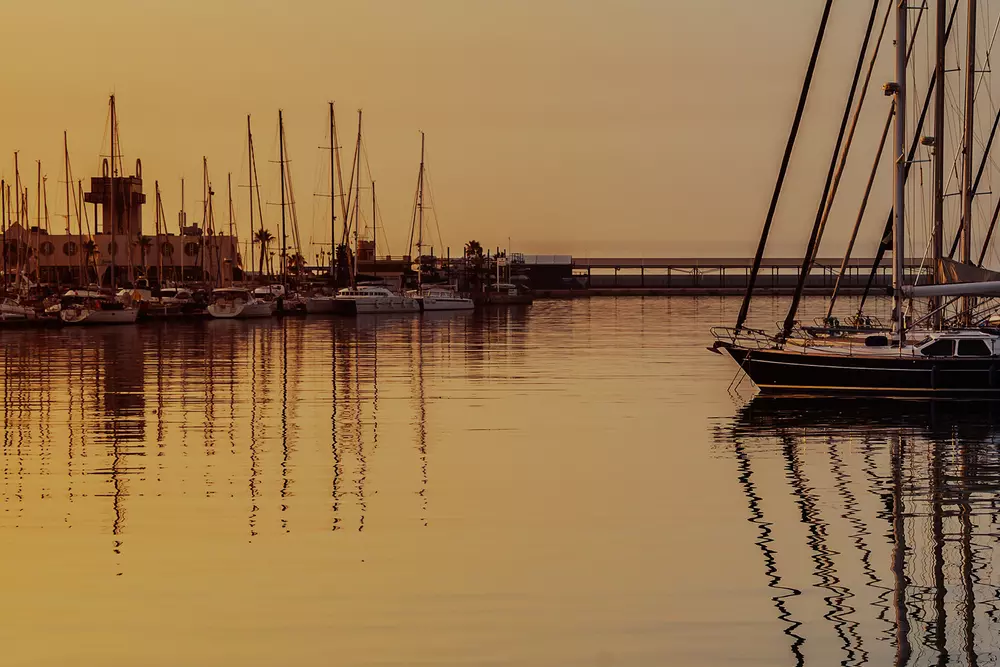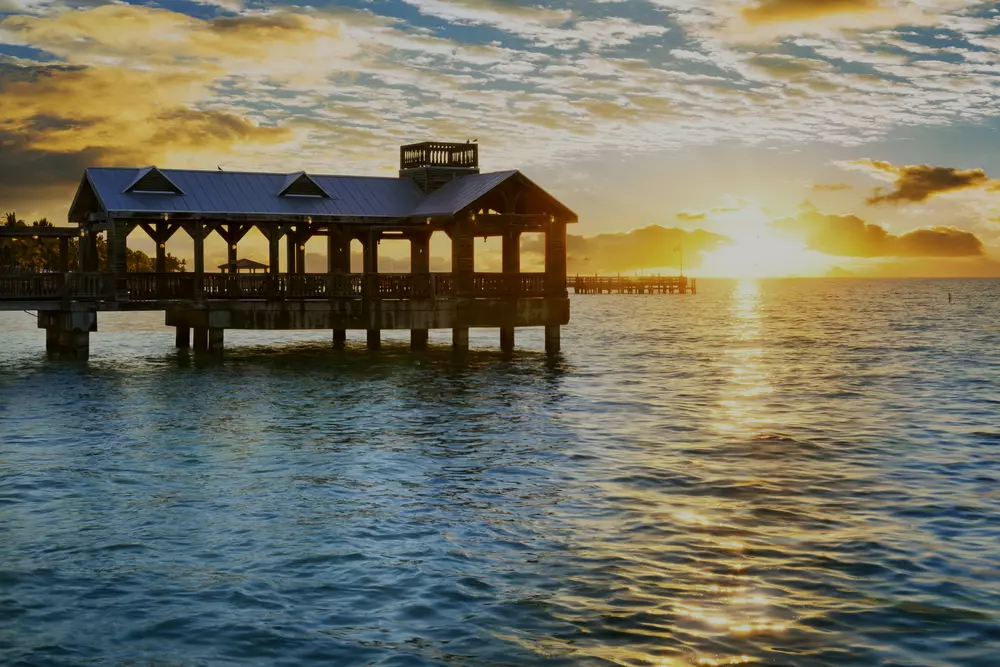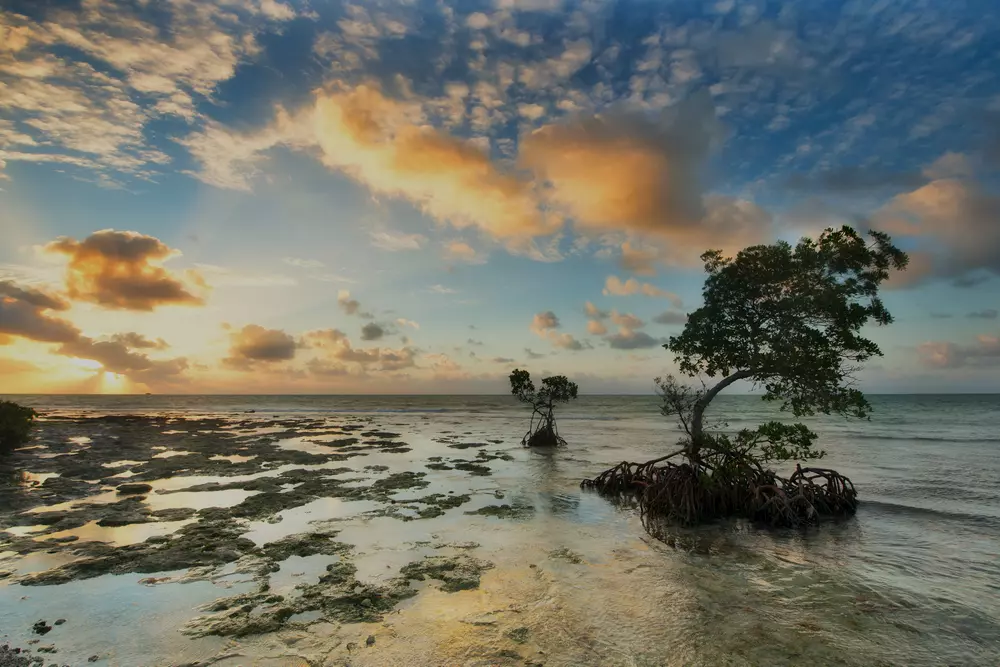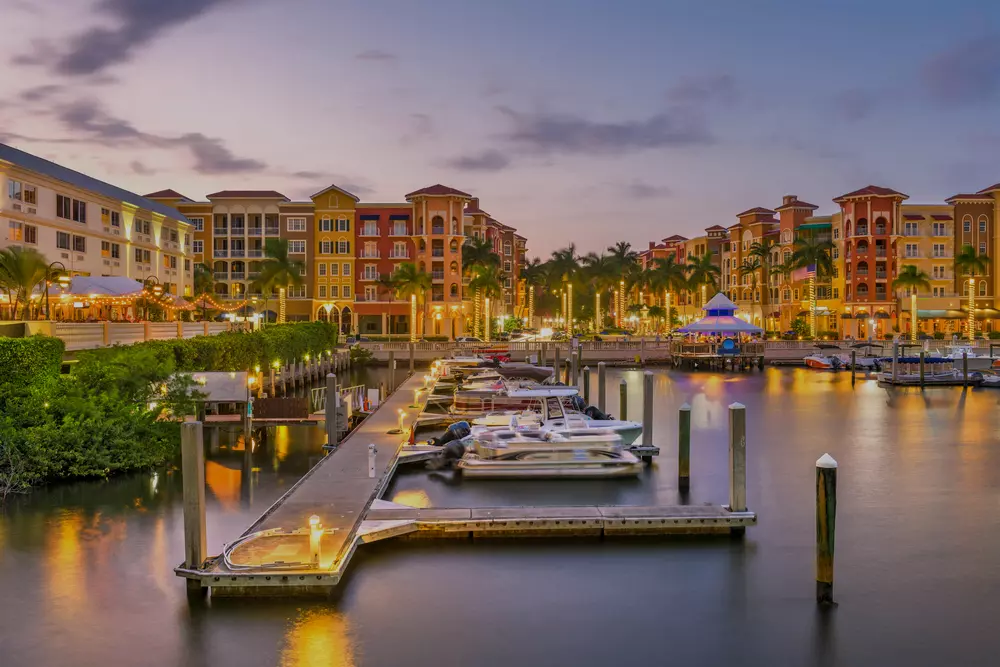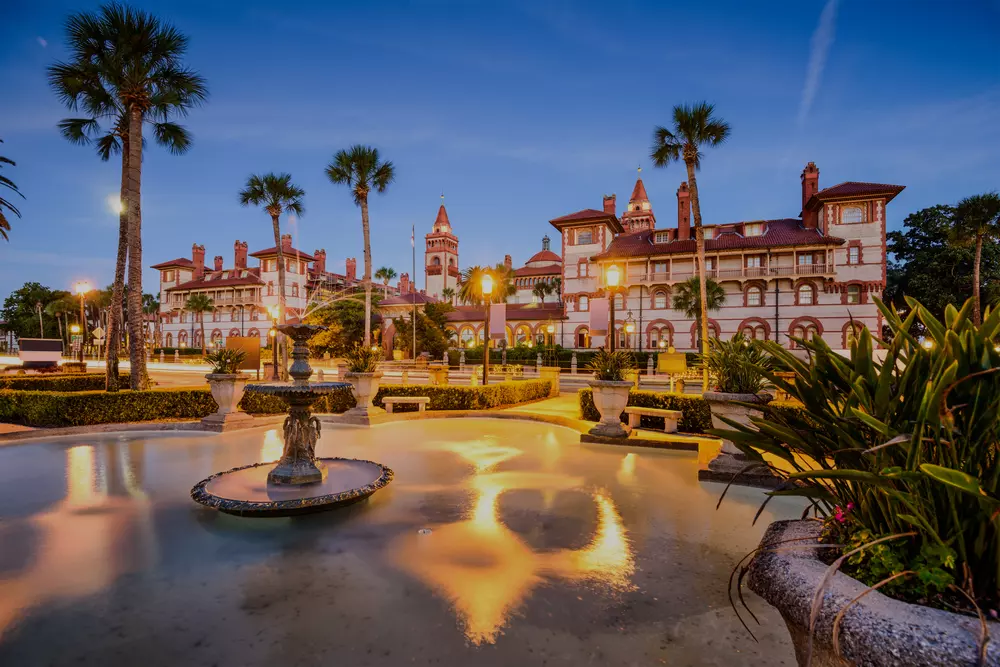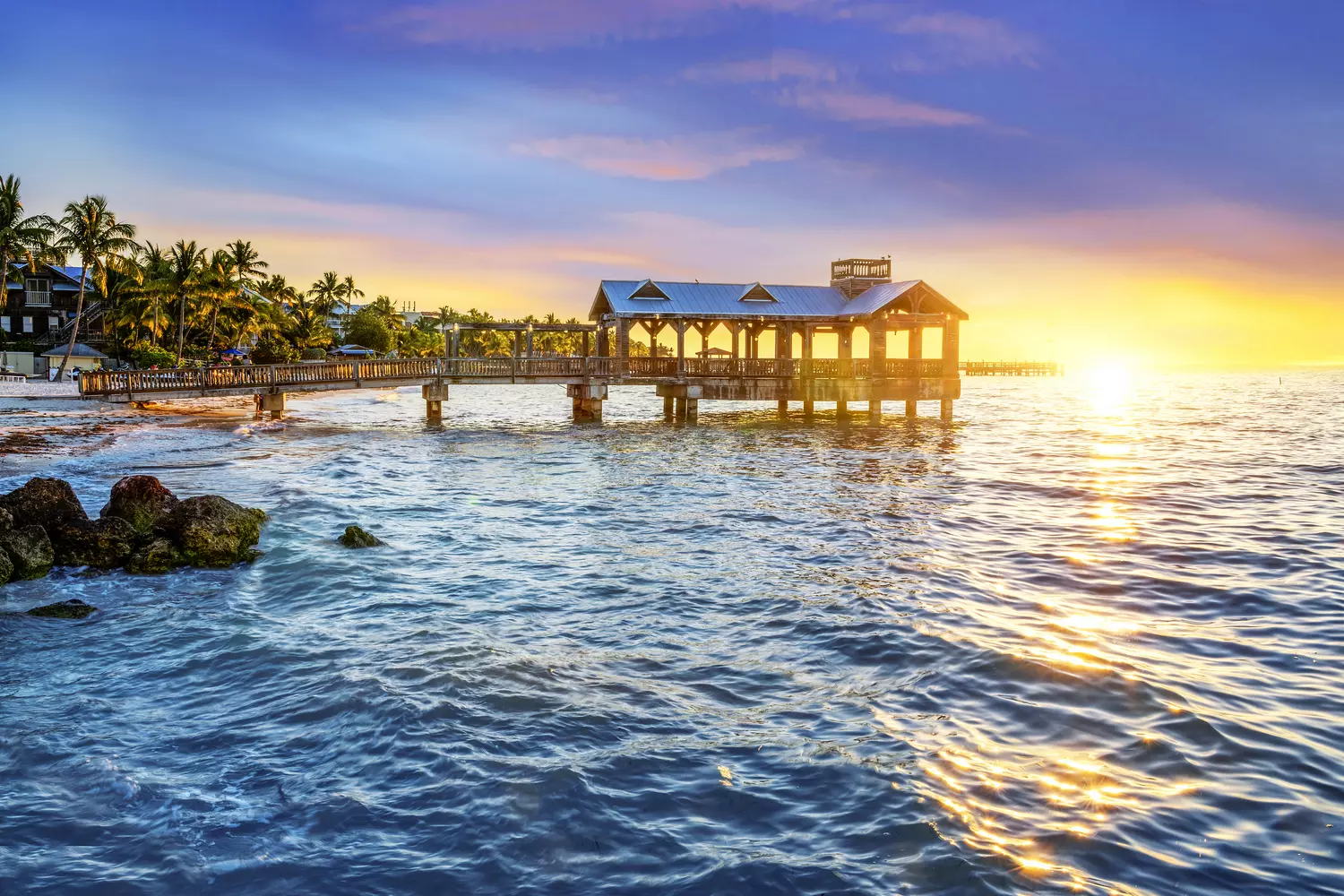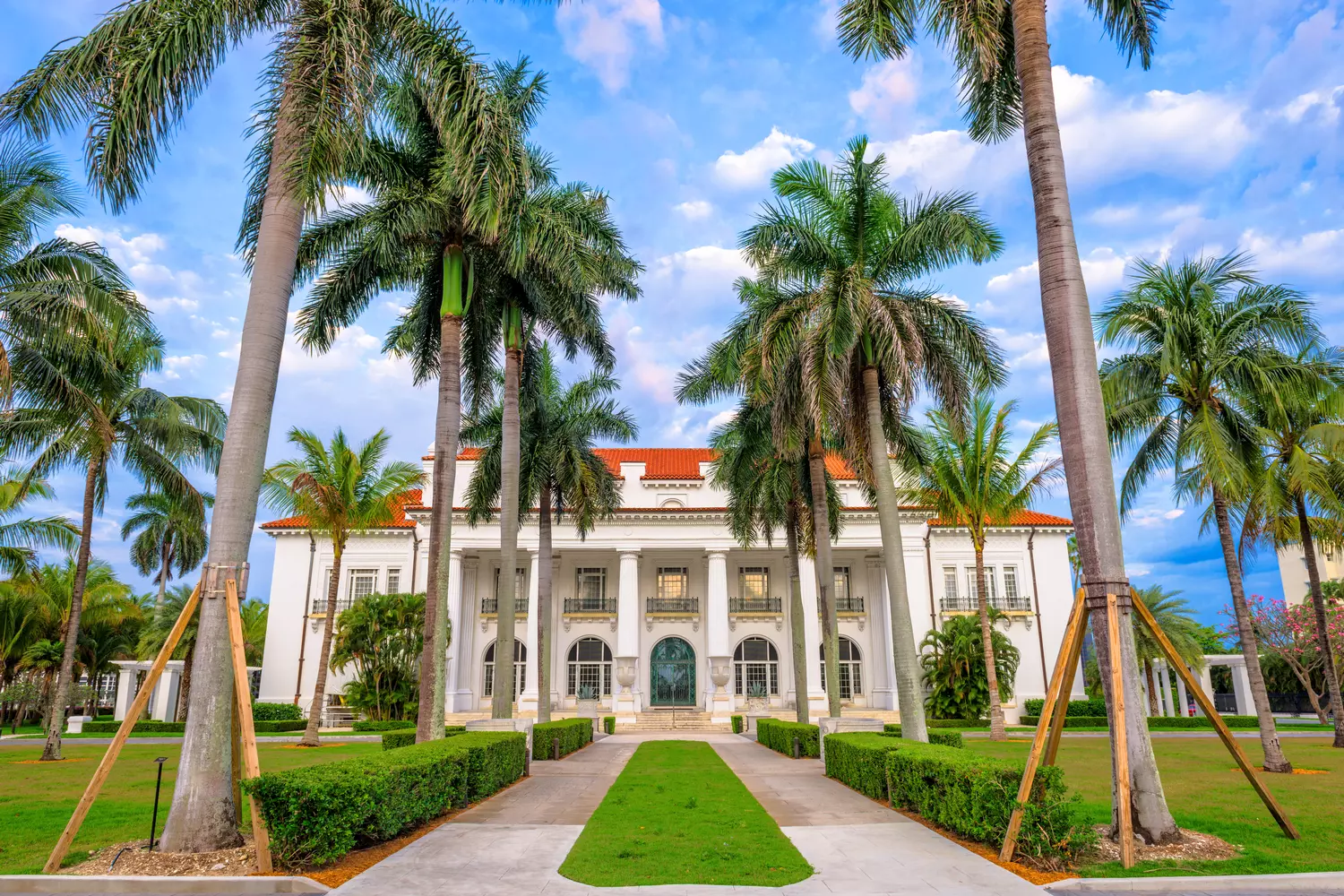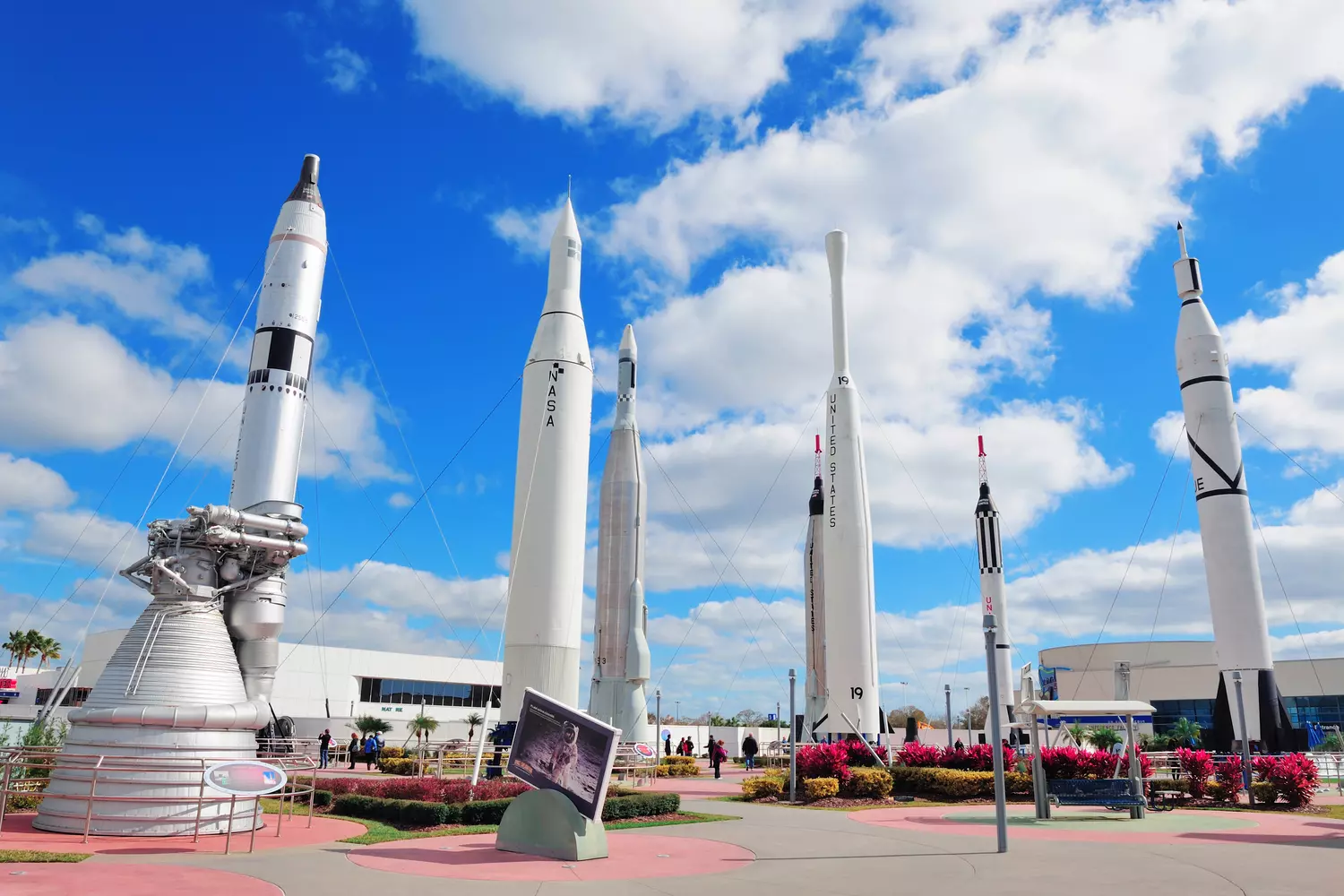The East Coast of Florida looked completely different until Henry Flagler conceived the idea of building a railroad across the entire state. This decision changed everything — small fishing settlements transformed into bustling cities, new jobs emerged, and travel became faster and more comfortable.
The construction was challenging, requiring the building of bridges over swamps and the ocean, battling storms and resource shortages. However, the result was worth it — the railroad became the foundation for economic growth and made Florida one of the most popular places to live and vacation.
How was it achieved, what challenges were overcome, and what does this rail network look like today? Let's delve into all the details.
The Creation of the Railroad and Henry Flagler's Role
In the late 19th century, Florida was wild and difficult to access. Most of the territory was occupied by swamps, dense forests, and marshy plains, with almost no roads. Reaching the southern regions was only possible by boat or carriage, and this journey took too much time. Everything changed when Henry Flagler took on the project.
By that time, he was already a successful entrepreneur and co-founder of the oil company Standard Oil. Flagler first visited Florida in the 1880s and saw the potential of the place. He realized that with proper development, tourists could come here, new cities would emerge, and the economy would start to grow. But for this, reliable transportation was needed.
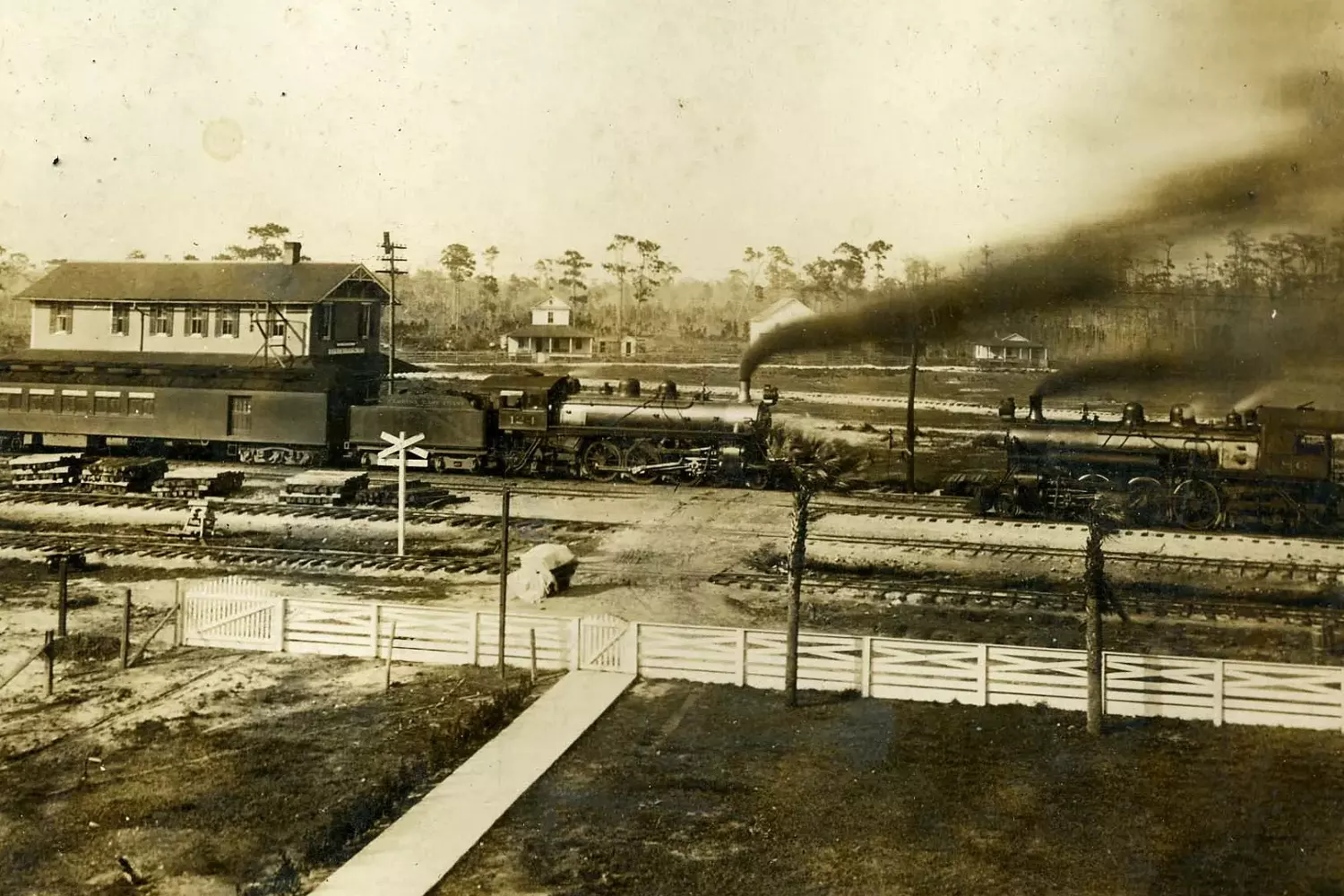
In 1885, Flagler acquired a small railway, the Jacksonville, St. Augustine and Halifax River Railway, which connected Jacksonville and St. Augustine. He invested in modernizing the tracks, built new stations, and streamlined transportation. However, this proved insufficient — it was necessary to move further south.
Flagler dedicated the following years to expanding the railway network. He financed the construction of tracks to Orlando and then extended the railroad to West Palm Beach. By 1896, the line reached Miami, which was then a small settlement. The railway changed the situation — workers, entrepreneurs, and farmers began to arrive. The city grew rapidly, new businesses, hotels, and shops appeared.
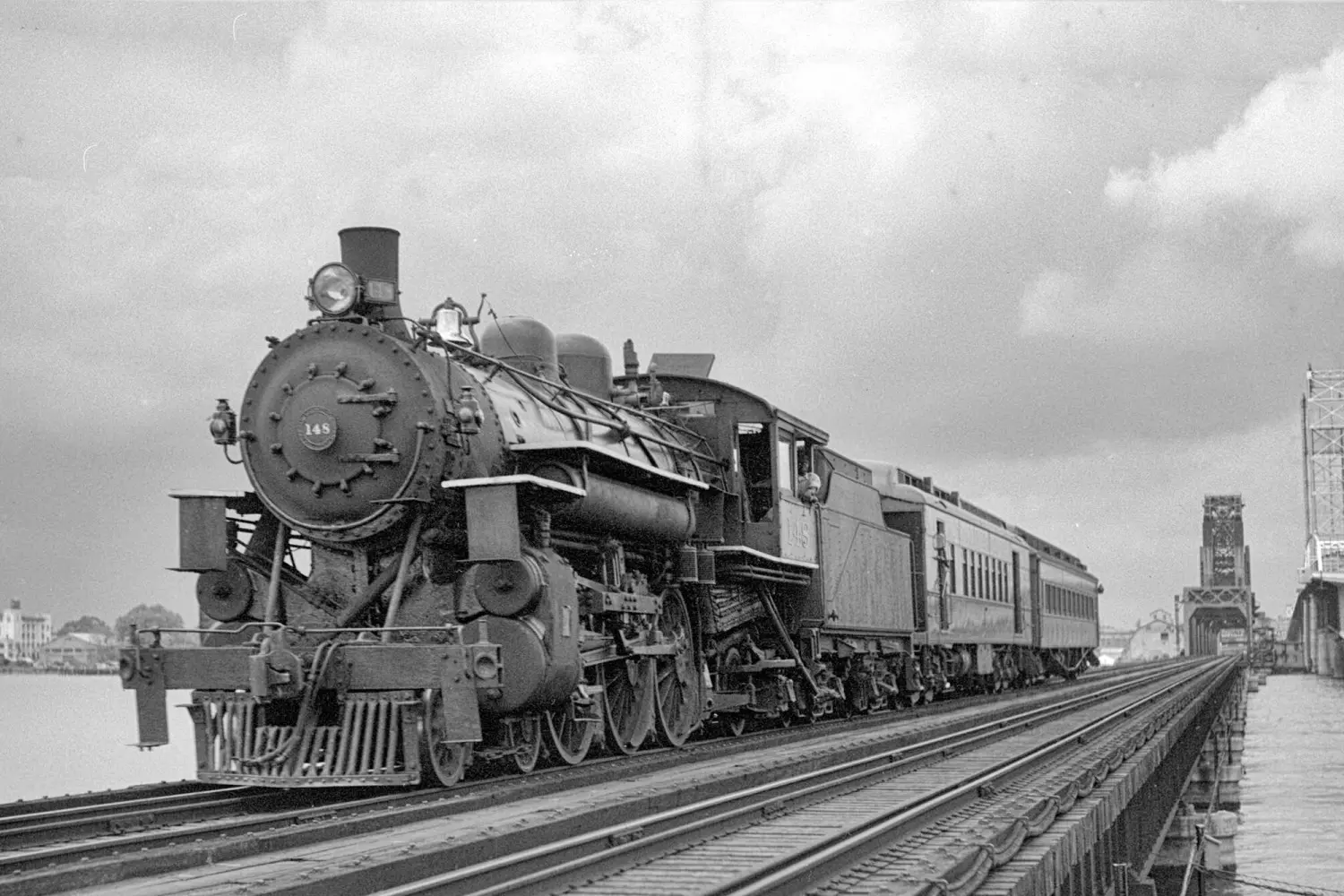
Flagler didn't just build tracks; he created infrastructure around them. Along with the railway came hotels, docks, warehouses, and residential areas. He financed roads, electricity, and water supply, helping to shape the cities.
The most ambitious project was extending the line to Key West. This required building bridges across the ocean and strengthening tracks on the islands. Work began in 1905 and continued for more than seven years. Despite hurricanes and technical difficulties, in 1912, the train reached the final station for the first time.
Henry Flagler died that same year, but his railway remained. It not only transformed the transportation system but also turned Florida into one of the most developed regions in the country.
Route Expansion and Key Sites
After the successful launch of the first sections of the railway, Henry Flagler decided to continue construction further south. His goal was ambitious — to connect all major cities along Florida's Atlantic coast and make the region accessible to residents of northern states.
The development of the railway occurred in stages.
Jacksonville — St. Augustine (1885–1888)
- The first significant section that started the expansion of the network.
- After purchasing the local railway, Flagler modernized the tracks, built stations, and improved train schedules.
- St. Augustine became a tourist center, with hotels and restaurants appearing.
St. Augustine — Orlando (1888–1894)
- Strengthened the connection between the northern regions and the central part of Florida.
- Gave impetus to the development of agriculture, especially citrus plantations.
- Allowed for faster and larger-volume cargo transportation.
Orlando — West Palm Beach (1894–1896)
- One of the most challenging sections, running through swampy areas.
- Stations were built along the tracks, around which small settlements grew over time.
- West Palm Beach transformed into a bustling city with convenient infrastructure.
West Palm Beach — Miami (1896)
- At the time of the track laying, Miami was just a fishing village.
- The railway brought jobs, goods, and investments to the region.
- Within a few years, Miami became a rapidly developing city.
The Great Project: Miami — Key West (1905–1912)
- The most challenging part of the entire network — nearly 260 kilometers of tracks laid across the islands of the Florida Keys archipelago.
- The construction used huge concrete structures and metal trusses to withstand hurricanes.
- Key West was an important port city at that time, and the railway made it a logistics hub.
Key sites of this railway network included:
- Bridges across the Florida Keys — a grandiose engineering solution that allowed trains to cross the ocean.
- Miami Station — the center of rail traffic and one of the main transportation hubs of South Florida.
- Flagler's hotels — elite hotels built near the stations to attract tourists.
- Railway warehouses and ports — played a key role in the development of trade and cargo transportation.
Each new section of the track changed the face of Florida, creating new cities and opening the region to investors, travelers, and entrepreneurs.
Excursions in Florida: Unforgettable adventures with American Butler!
Development of the Railway Network and Its Significance
The railway transformed Florida. In the late 19th century, most of the state remained a sparsely populated territory where it was difficult to build roads due to swamps and dense forests. Travel was only possible by boats or horse-drawn carriages, which took too much time. With the advent of rail transport, the situation changed.
Economic Impact
The railway became a crucial part of Florida's economy. It connected agricultural areas with major cities and ports, allowing farmers and entrepreneurs to transport goods faster and cheaper.
- Agricultural Development
Citrus fruits, sugarcane, and vegetables began to be actively grown along the tracks. Now, they could be delivered to northern states without the risk of spoilage en route. - Trade and Freight Transport
The ports of Miami and Key West became major trading points, where the railway delivered goods for shipment to the Caribbean and Latin America. - Construction and New Jobs
New cities emerged along with the railway, which meant demand for houses, shops, hotels, and roads. The construction industry provided jobs for thousands of people.
Tourism and Influx of New Residents
Before the railway, Florida remained a difficult-to-reach place. The climate was warm, but getting to the southern regions was challenging, so there were almost no tourists.
- Attracting Travelers
Henry Flagler built a network of luxury hotels along the route. This attracted wealthy tourists seeking a comfortable vacation by the ocean. - Growth of Cities
Small settlements along the railway quickly turned into cities. Schools, banks, and shops opened there, all of which attracted new residents.
Changes in the Lives of Local Residents
The railway eased the lives of thousands of people.
- Fast Connections Between Cities
Now, the journey from Jacksonville to Miami took not weeks, but hours. People could travel across the state without difficulties. - Access to Goods and Services
Shops began to receive more goods, including clothing, appliances, and products that were previously difficult to find in the southern regions. - Development of Mail and Telegraph
Thanks to the railway, the mail began to work faster, and telegraph lines stretched along the tracks, connecting cities.
The railway network became the foundation for Florida's growth. It gave the state a powerful boost that defined its development for decades to come.
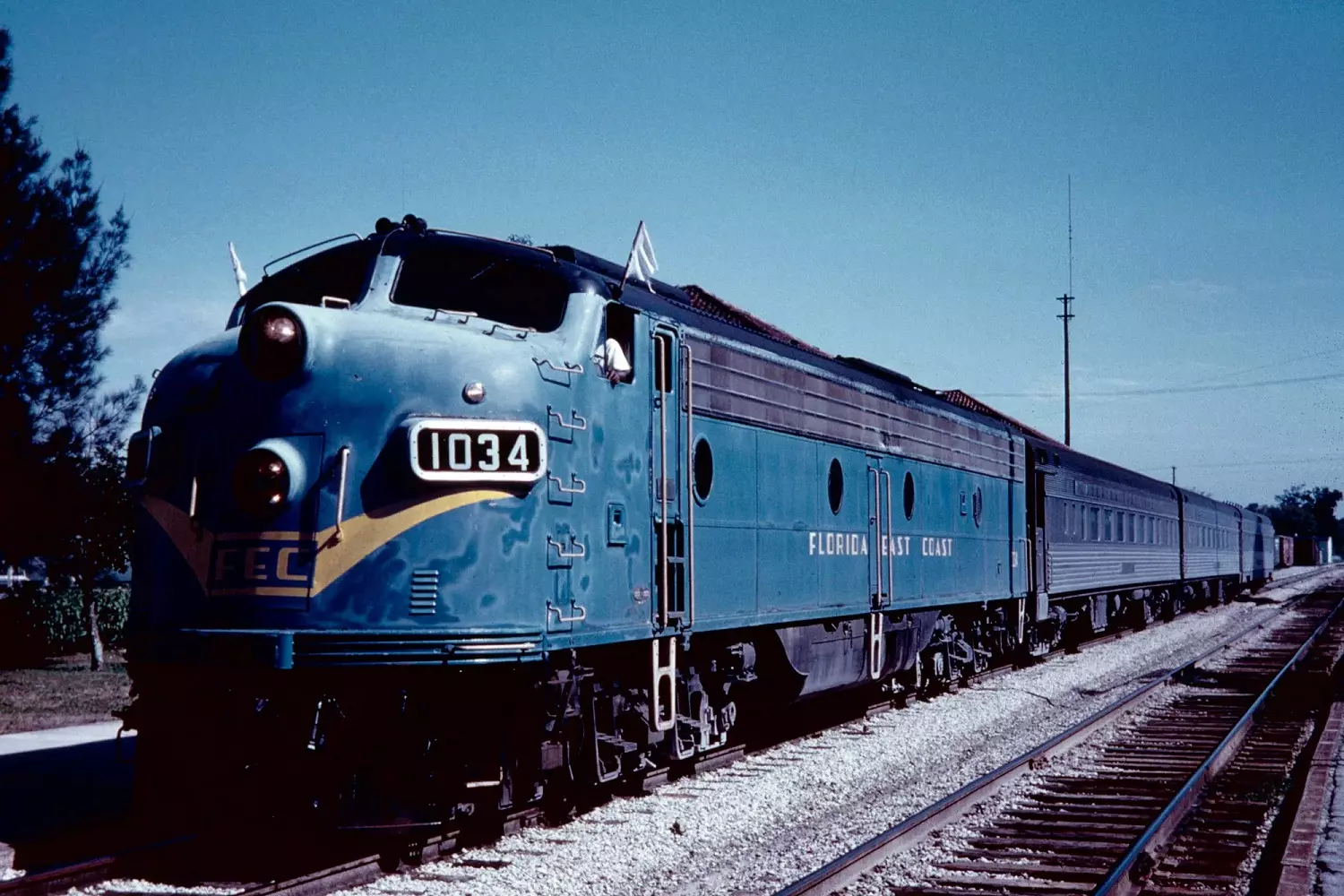
Catastrophes, Crises, and Recovery
The railway, which played a key role in the development of Florida, faced severe challenges on numerous occasions. Natural disasters, economic crises, and changes in the transportation system put it at risk.
The 1935 Hurricane — Destruction of the Key West Line
One of the most severe blows was the Great Hurricane of 1935. This storm, recognized as one of the most powerful in U.S. history, struck Florida on September 2nd.
- Wind speeds reached 300 km/h, and water levels rose several meters.
- Bridges and rails leading to Key West were destroyed or washed into the ocean.
- More than 400 people, including workers building bridges, died during the storm.
After the disaster, restoring the line was deemed impractical. The government bought the remnants of the railway and used its concrete supports to build a highway, which became part of the famous U.S. Route 1.
The Great Depression and Decline in Passenger Traffic
The economic crisis of 1929 severely impacted the railway company.
- The flow of tourists decreased sharply, as few could afford travel.
- Freight transportation also fell — businesses closed, and farmers could not sell their products.
- The company's profits declined, and many routes became unprofitable.
Despite the difficulties, the railway continued to operate, although some routes had to be reduced.
Competition with Cars and Air Travel
In the second half of the 20th century, rail transport began to give way to other modes of transportation.
- The construction of high-speed highways made buses and personal cars a more convenient way to travel.
- In the 1950s and 1960s, the development of aviation allowed travelers to quickly reach Florida from other states.
- The company had to gradually reduce passenger traffic, focusing on freight trains.
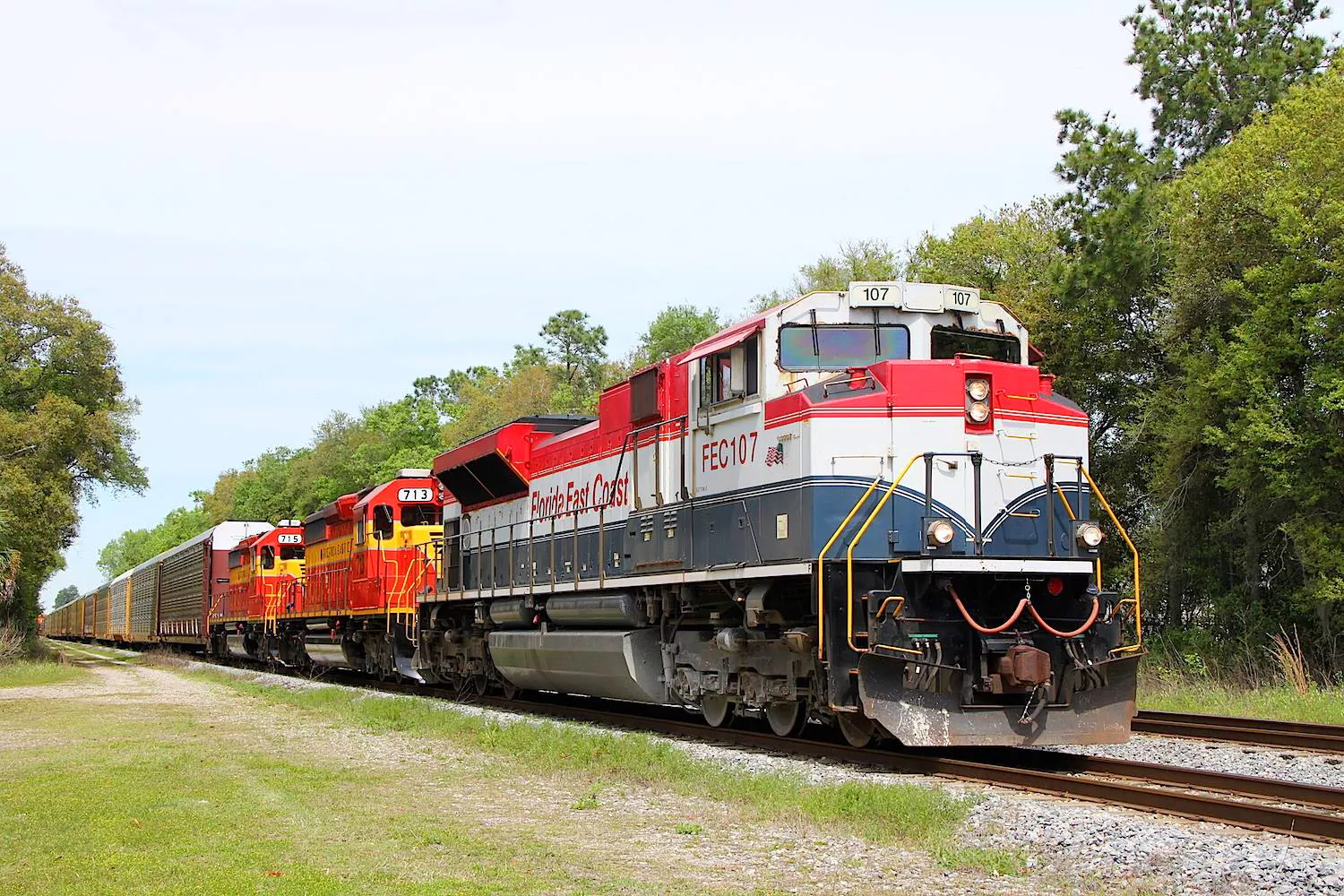
Modern Restoration and Adaptation
Despite the crises, the railway network has not disappeared. Today, it is used for freight transportation, and in some areas, passenger service is being revived.
- The company Brightline has launched modern trains connecting Miami, Orlando, and other cities.
- Freight transportation remains an important part of the economy, especially for delivering goods to ports.
- Some old railway stations have been converted into museums and historical sites.
The railway on Florida's East Coast has survived natural disasters, economic crises, and competition. Despite the difficulties, it continues to play an important role in the state's life.
Modern State and Prospects
The railway laid by Henry Flagler continues to play a significant role in Florida's economy. Although passenger transportation took a back seat for many years, freight trains still remain a key element of the state's transportation system. In recent decades, interest in rail transport has grown again, leading to the launch of new projects.
Freight Transportation and Industrial Significance
Today, most of the railway network on Florida's East Coast is used for freight delivery.
- Trains carry containers with goods, building materials, agricultural products, and petroleum products.
- The railway connects major ports — Miami, Jacksonville, Fort Lauderdale — with inland areas of the USA.
- Modern technologies allow to reduce cargo handling time and increase transportation efficiency.
Railway companies adapt to new conditions, implementing automated traffic control systems and developing logistics centers.
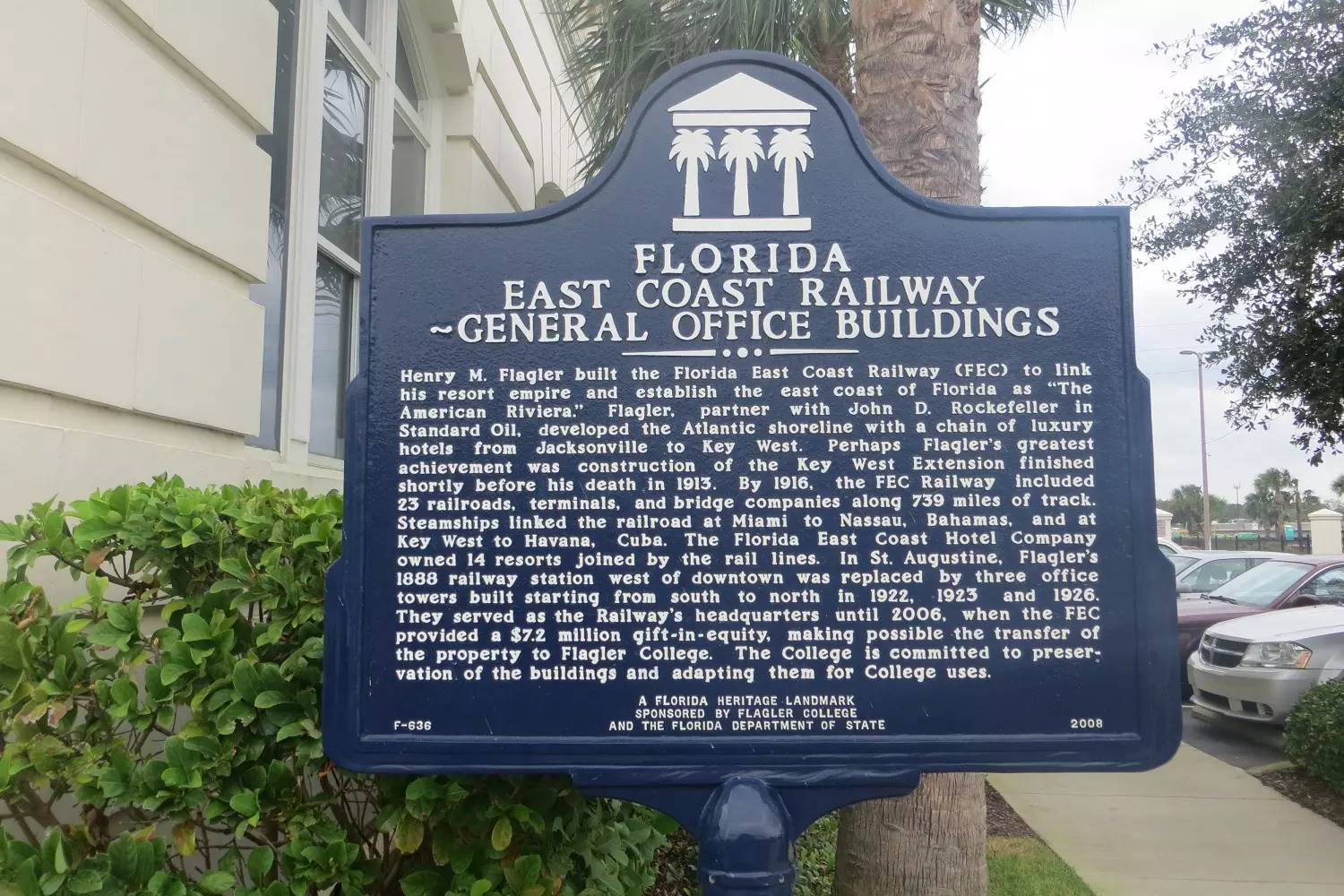
Revival of Passenger Transportation
For many years, Florida residents preferred cars and airplanes, but with the growth of cities and increased traffic congestion, interest in trains has reappeared.
- In 2018, Brightline began operations — the first new passenger rail operator in Florida in decades.
- The route connects Miami, Fort Lauderdale, West Palm Beach, and in 2023 was extended to Orlando.
- High-speed trains reach speeds of up to 200 km/h, making them a convenient alternative to cars.
In the coming years, it is planned to extend the route to Tampa, which will connect the east and west coasts of the state.
Investments and the Future of the Railway System
Public and private investments in rail transport continue.
- Modernization of infrastructure is planned, including reconstruction of stations and tracks.
- Projects are being developed to increase the capacity of freight terminals.
- Research is underway to introduce electric and hydrogen locomotives to reduce environmental pollution.
The railway in Florida has come a long way — from the first tracks laid by Henry Flagler to modern high-speed trains and powerful freight routes. In the coming decades, its importance will only grow, especially in the context of urbanization and the development of environmentally friendly transport.














